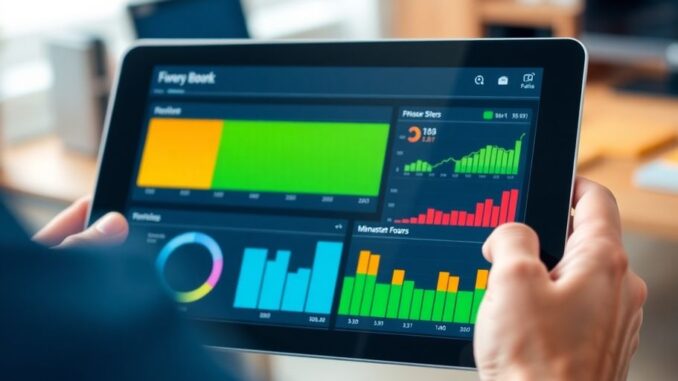
Navigating the world of banking can be complex, with a variety of account types designed to meet different financial needs. From everyday checking to specialized savings and innovative cash management accounts, understanding the nuances of each is crucial for effective personal finance management. This guide breaks down the essential features and benefits of various bank accounts to help you make informed decisions.
Key Takeaways
- Cash Management Accounts: Combine checking and savings features, often offered by investment companies, providing enhanced FDIC protection for large sums and competitive interest rates.
- Business Savings Accounts: Essential for separating personal and business finances, aiding in tax preparation, legal protection, and managing company cash flow.
- Budgeting Tools: Many modern bank accounts integrate features like spending categorization and goal tracking, simplifying personal finance management.
- Checking Account Variety: Numerous checking account types exist, from traditional and interest-bearing to student, senior, and rewards accounts, each with unique benefits.
Understanding Different Account Types
Cash Management Accounts
Cash management accounts (CMAs) are a hybrid product, blending the best aspects of checking and savings accounts. Typically offered by investment firms rather than traditional banks, CMAs are ideal for individuals with substantial cash reserves exceeding the standard $250,000 FDIC insurance limit. They achieve this by automatically spreading funds across multiple partner banks, ensuring full protection. CMAs often provide competitive interest rates, debit card access, and check-writing capabilities, making them a flexible option for managing large sums while maintaining liquidity.
Personal vs. Business Savings Accounts
While both personal and business savings accounts help grow money, their purposes diverge significantly. Personal savings accounts are for individual financial goals, whereas business savings accounts are vital for companies to manage cash flow, set aside funds for taxes and expenses, and maintain a clear separation between business and personal assets. This separation is critical for legal protection, especially for LLCs and corporations, and simplifies tax preparation. Business accounts may also offer features like automatic sweeps and treasury management services.
Bank Accounts With Built-In Budgeting Tools
Many banks now integrate sophisticated budgeting tools directly into their mobile apps and online platforms. These features automate the tracking and categorization of spending, eliminating the need for separate budgeting applications. Tools like Ally Bank’s "buckets" allow for granular organization of funds for different goals, while Capital One’s Eno virtual assistant can identify recurring charges and subscriptions. These integrated tools provide real-time insights into spending habits, empowering users to manage their finances more effectively.
Types of Checking Accounts
Checking accounts serve as the backbone of daily financial transactions. The variety available caters to diverse needs:
- Traditional Checking: Standard accounts for bills and purchases, often with minimum balance requirements to waive fees.
- Interest-Bearing Checking: Earn interest on balances, though rates may be lower than savings accounts.
- Premium Checking: Offers enhanced perks like free checks and waived ATM fees, typically requiring higher balances.
- Free Checking: Accounts with no monthly fees or easily waivable fees, often through direct deposit.
- Student/Teen Checking: Designed for younger individuals, often with lower fees and parental controls.
- Joint Checking: For shared finances, allowing multiple account holders access.
- Senior Checking: Tailored for older individuals, often with benefits like free checks.
- Business Checking: For managing company finances, with features suited for business transactions.
- Checkless Checking: Relies on debit cards and online payments, foregoing paper checks.
- Rewards Checking: Earns cash back or points on debit card purchases.
- Private Bank Checking: Premium accounts for high-net-worth individuals with dedicated service.
- Second-Chance Checking: For those with a history of overdrafts, offering a path to rebuild banking relationships.
Choosing the right account involves assessing your financial habits, balance levels, and desired features, ensuring your banking solution aligns with your long-term financial goals.
Sources
- What Is A Cash Management Account?, Bankrate.
- Personal savings vs. business savings: What are the differences?, Bankrate.
- 9 Bank Accounts With Built-In Budgeting Tools, Bankrate.
- 13 Types Of Checking Accounts, Bankrate.

